Sare-konexioen eta datu-transmisioen kopuruaren hazkunde azkarrarekin, kableen kudeaketak ere arreta nahikoa jaso beharko luke datu-zentroen inplementazioetan.Izan ere, ondo funtzionatzen duten sareko instalazioen eraginkortasunean eragina duten hiru faktore daude nagusiki: MTP/MPO kableak, zuntz-kaseteak eta zuntz-panelak.Eta zuntz kasetek sarearen hedapenean betetzen duten papera ez da inoiz gutxietsi behar.Hona hemen zuntz kaseteei buruzko sarrera integrala.
Zer da zuntz kasetea?
Besterik gabe, zuntz-kasetea kableen kudeaketa eraginkorra egiteko sareko gailu mota bat da.Normalean,zuntz kaseteakLotzeko soluzioak eta adabaki kable integratuak eskain ditzake pakete trinko batean.Ezaugarri honekin, kasetea aurrerantz atera daiteke txasistik, eta horrek zertxobait errazten du egokitzaile eta konektoreetarako sarbidea eta sareko instalazioa ere.Modu honetan, adabaki kableen kudeaketa hobetzen da, eta, horrela, denbora aurreztuko da eta sareko itxiturako zuntzezko beste kordoi batzuekin ere interferentziak izateko arriskua murrizten da.
Besterik gabe, rack-muntatutakoa hartzeazuntz kaseteakadibide gisa, normalean hainbat eszenatokitarako erabiltzen dira, batez ere datu-zentroetan.Izan ere, rack-en muntatutako zuntz kaseteak normalean 19 hazbeteko zabalera estandarra izan arren, altuera alda dezakete, 1 RU, 2 RU, 3 RU, 4 RU, etab. Hori dela eta, enpresek zuntz-kasetearen tamaina egokia aukeratu dezakete. haien beharretara.
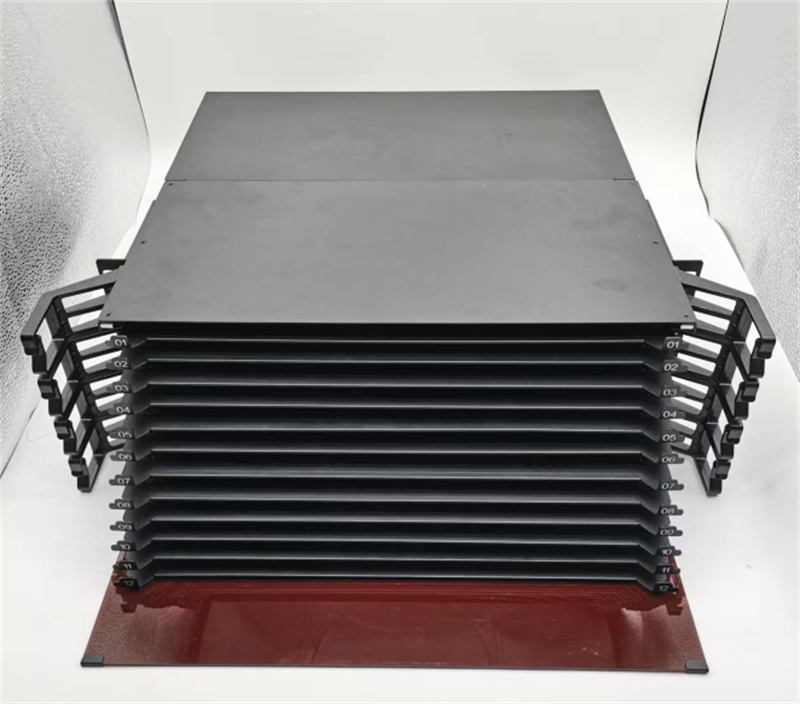
Zer dira zuntz kasete mota desberdinak?
Izan ere, zuntz kasete motak alda daitezke estandar ezberdinen arabera.Hona hemen enpresek kontuan hartu beharreko faktore batzuk beren sare azpiegituretarako zuntz kasete egokia aukeratzerakoan.
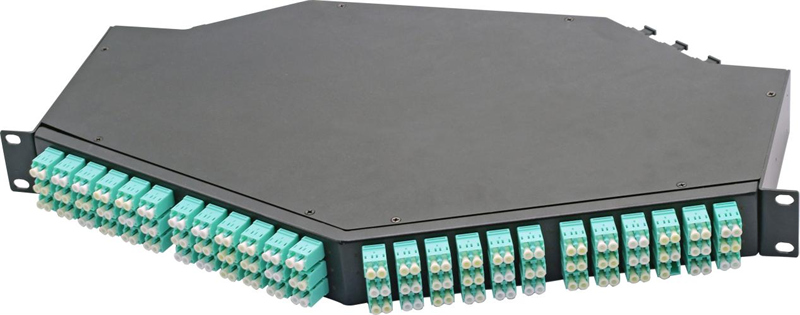
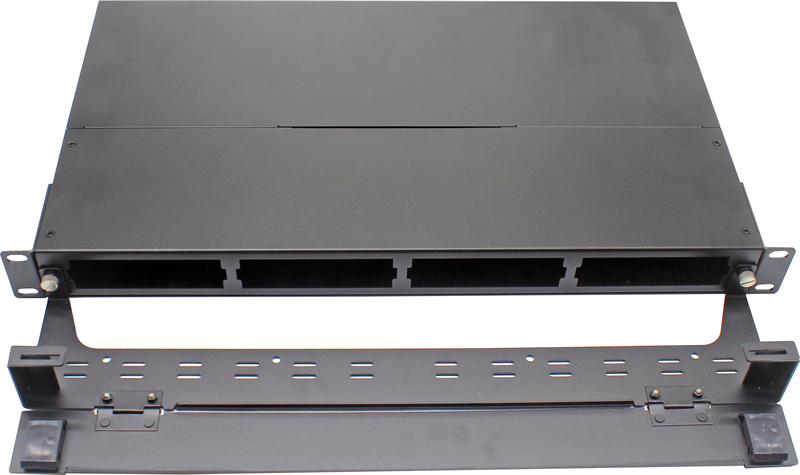
Erabilera kasua
Erabilera-kasuaren aldetik, 1RU rack-en muntatutako zuntz kaseteak clamshell zuntz kaseteetan, zuntz irristagarrien kaseteetan eta biraketa-zuntz kaseteetan bana daitezke.Clamshell zuntz kaseteak zuntz kasete zaharrenak dira, nahiko merkeak baina erabiltzeko ez direnak.Konparatu clamshell zuntz kaseteekin, zuntz kasete irristagarriek eta biraketa zuntz kaseteek prezio altuagoa dute, errazagoak baitira kableak instalatu eta mantentzeko.Kablea maneiatzeko kaseteak racktik kendu beharrean, kasete-erretilutik tiratu edo askatu besterik ez dute egin behar informatikoko profesionalek.
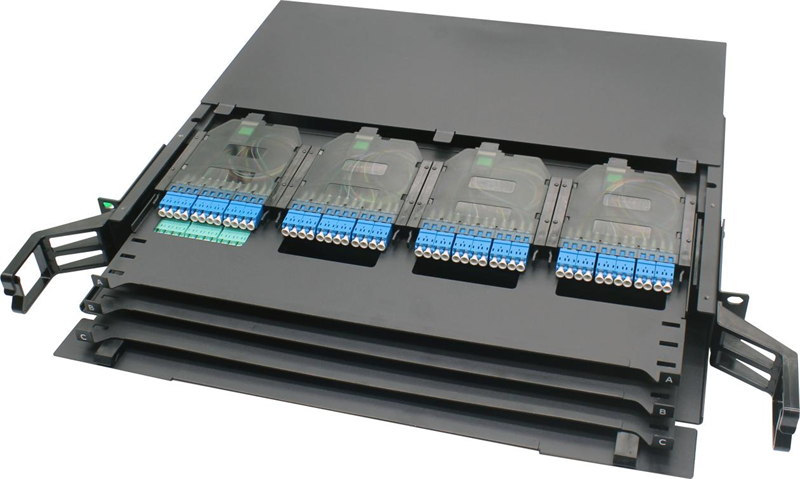
Aurrealdeko panela
Sare kableatu sisteman, zuntz-egokitzaileak zuntz-kaseteen osagaiak dira, zuntz optikoko kableei sare handietan elkarri konektatzeko aukera ematen dietenak, eta horrela gailu anitzen arteko aldibereko komunikazioa ahalbidetzen dute.Egia esan, zuntz egokitzaileen kopuruak harreman sakona du zuntz kaseteen dentsitatearekin.Gainera, zuntz egokitzaileak oso erabiliak dira zuntz optikoko komunikazio ekipoetan, neurketa tresnetan, etab.
Oro har, zuntz-egokigailuak zuntz-kaseteen aurreko panelean instalatzen dira.Aurrealdeko panelaren diseinuaren arabera, zuntz kaseteak bi motatan bana daitezke: aurreko paneleko zuntz finkoko kasetea eta aurreko paneleko zuntz finkoko kasetea.Normalean, aurreko paneleko zuntz finkoko kaseteek 19 hazbeteko zabalera dute zuntz egokitzaile kopuru finko batekin.Aurrealdeko panelerako zuntz-kasete finkorako, 6 edo 12 zuntz optiko egokitzaile desmuntagarri instala daitezke.Gainera, normalean dentsitate handiko kableak eta kable malguak kudeatzeko erabiltzen dira.
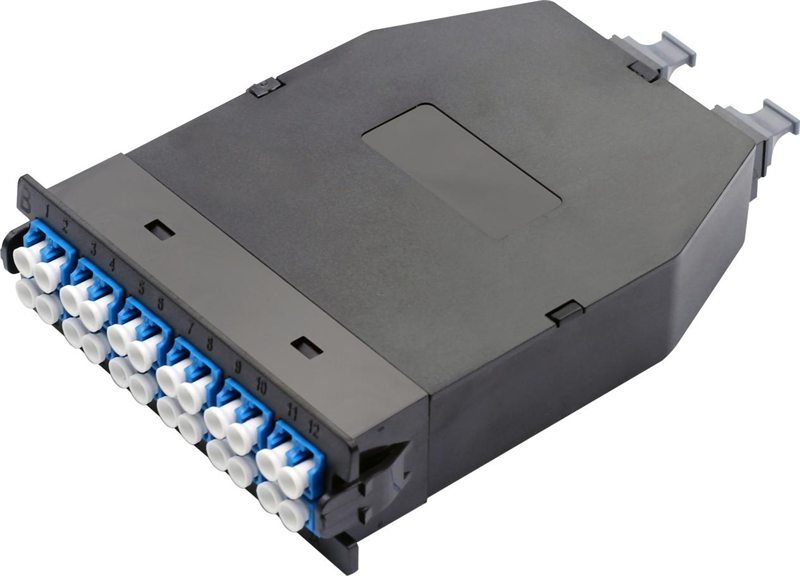
Zuntzaren amaiera
Pigtail fusioaren eta aurre-amaieraren zuntz amaierako bi metodo ezberdinen arabera, bi zuntz kasete mota daude: pigtail fusio-splicing zuntz-kasetea eta aurre-terminatutako zuntz-kasetea.Bi zuntz kasete mota hauek elkarrengandik desberdinak dira zenbait alderditan.
Esate baterako, pigtail fusio-juntze zuntz kaseteen barruan zuntz juntze-erretilu bat dago, batez ere juntze-zuntzak lan-guneetan kudeatzeko eta kokatzeko erabiltzen dena.Dena den, aurre-terminatzeko zuntz kaseteen barruan, zuntz optikoko kableak kudeatzeko bobinak baino ez daude, eta horrek asko aurrezten du instalazio-denbora eta lan-kostuak lan-gunean zuntz optikoen amaieraren urratsa erraztuz.
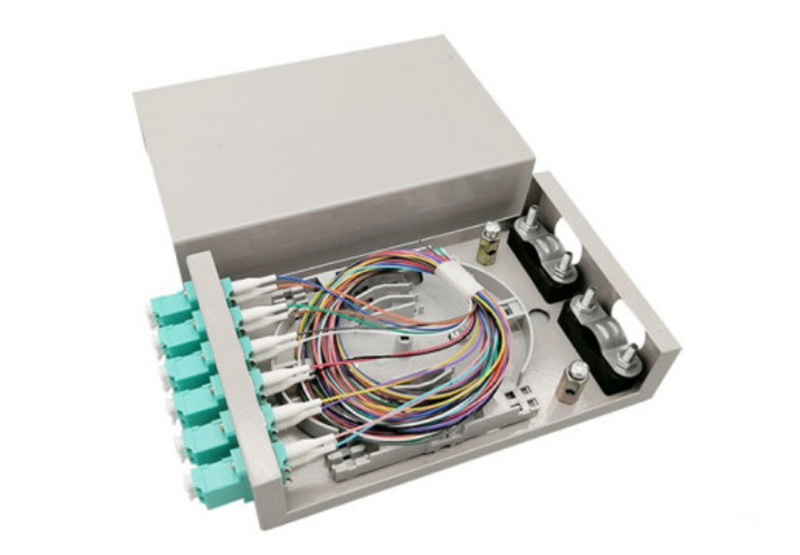
Ondorioa
Laburbilduz, sare kableatu sistema baten atal garrantzitsuenetako bat denez, zuntz kaseteek kableen kudeaketaren konplexutasuna errazten dute eta denbora eta lan kostuak ere aurrezten dituzte.Normalean, zuntz kaseteak hainbat motatan bana daitezke irizpide ezberdinetan oinarrituta, erabilera kasua, aurreko panelaren diseinua eta zuntz amaiera barne.Datu-zentroetarako eta enpresa-sareetarako zuntz kasete egoki bat aukeratzerakoan, enpresek hainbat gauza hartu behar dituzte kontuan, hala nola, kable optikoaren dentsitatea eta kudeaketa, kable optikoaren babesa, sarearen errendimenduaren fidagarritasuna, etab. benetako beharrak.
Argitalpenaren ordua: 2022-09-15

